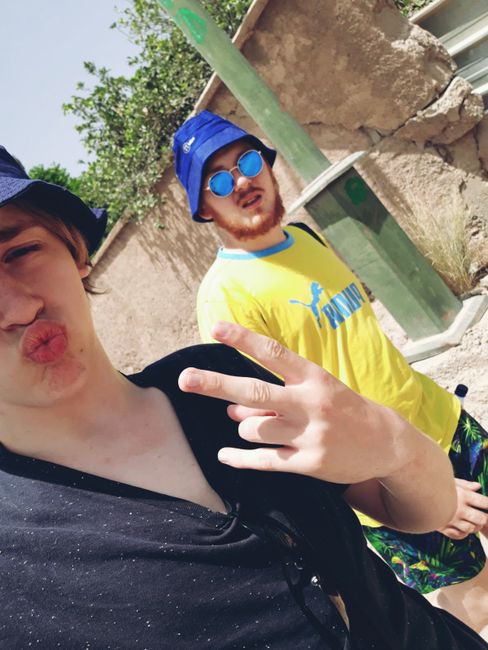
TOMAX-Travelers
vakantio.de/tomax-travelers
Our personal top 8 highlights in Marrakech
Wɔatintim: 16.03.2020
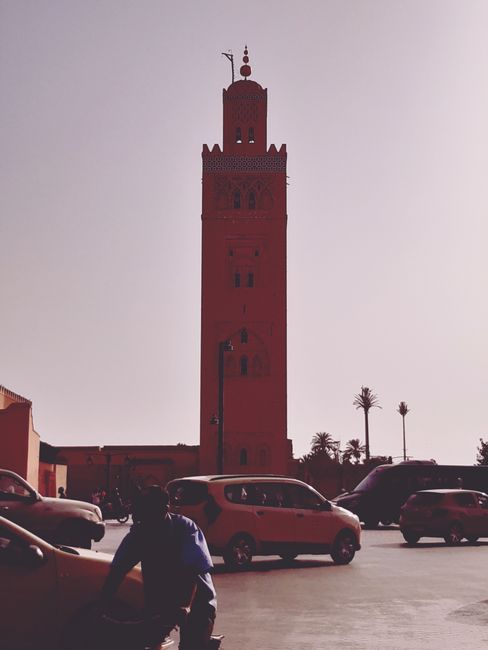
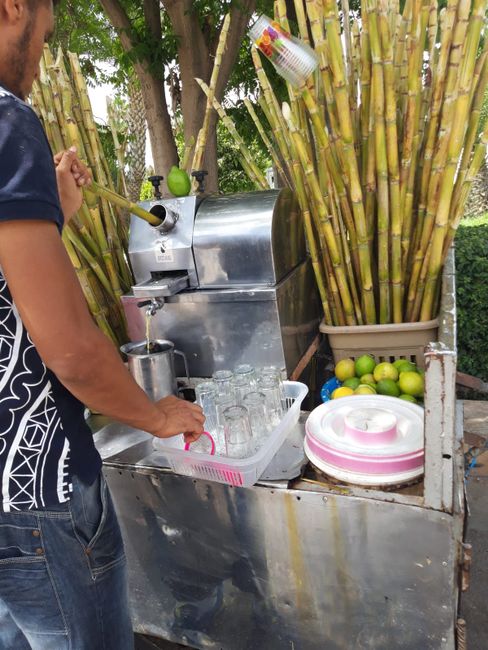
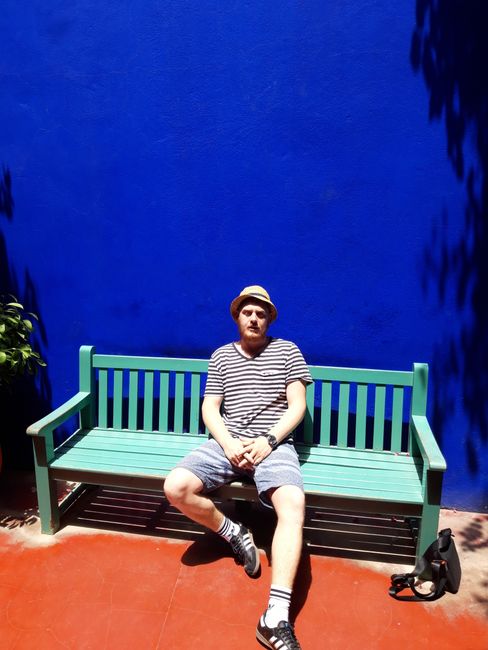
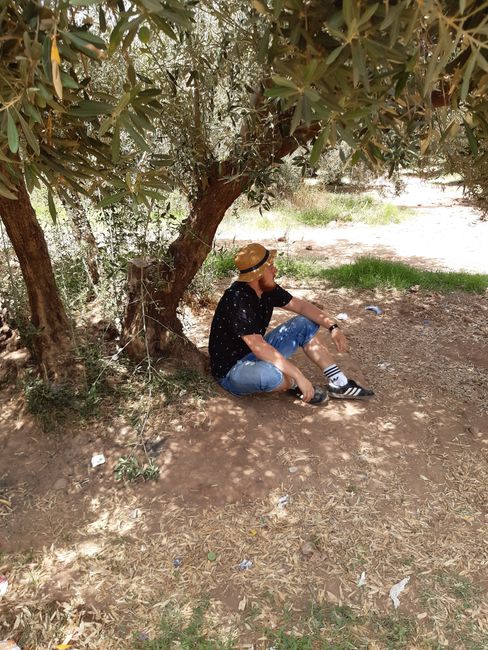
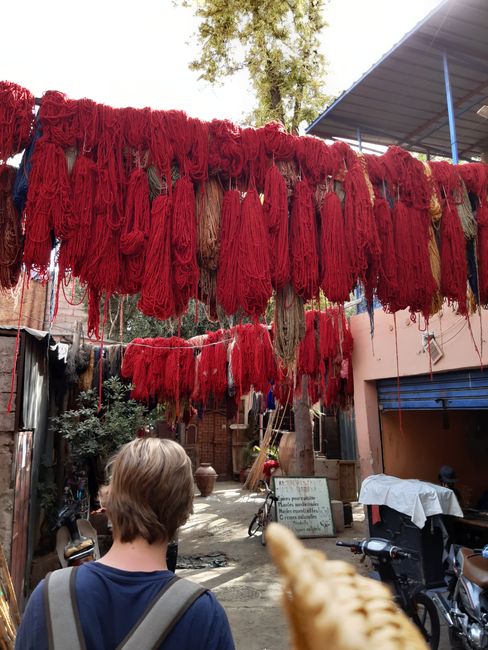
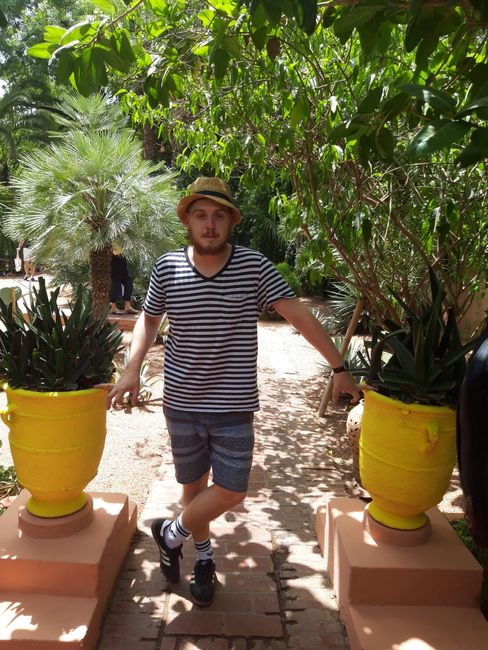
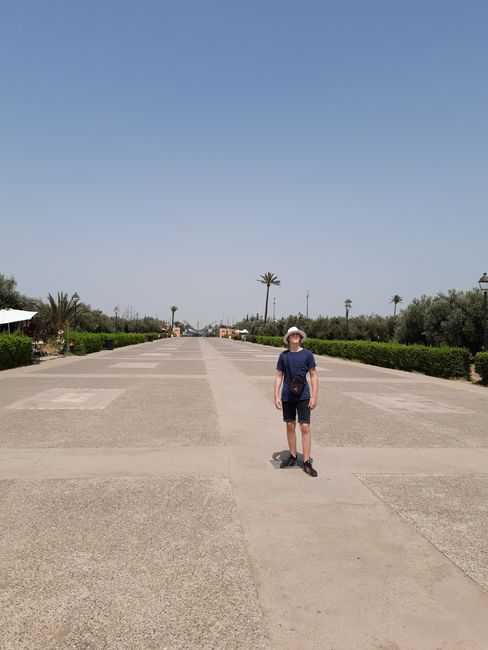
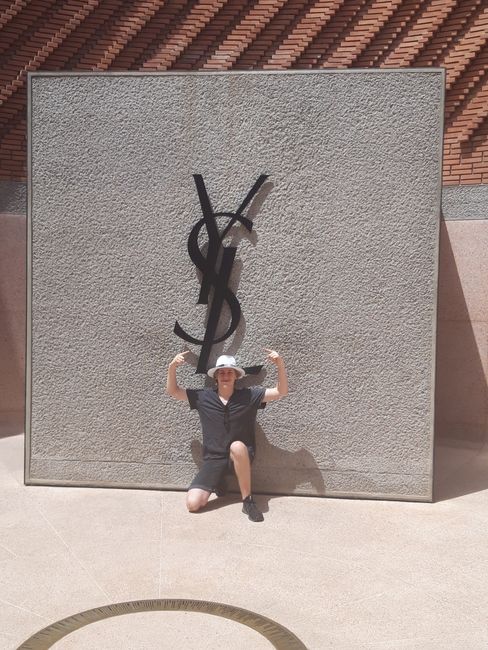
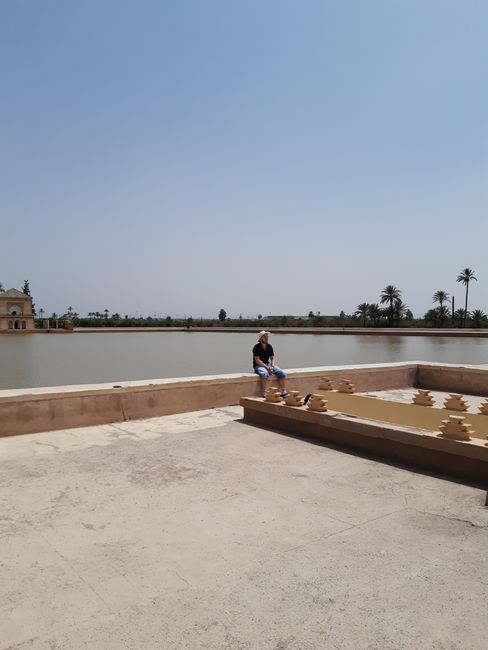
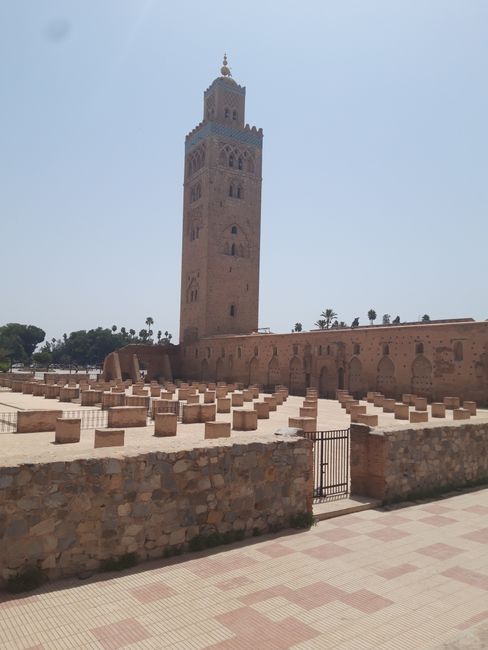
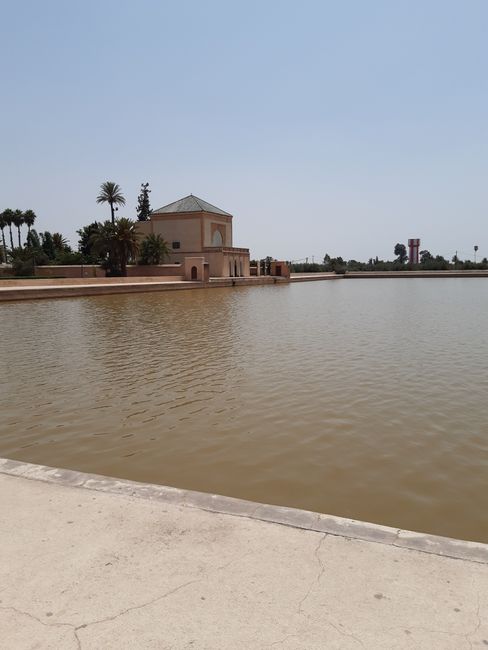
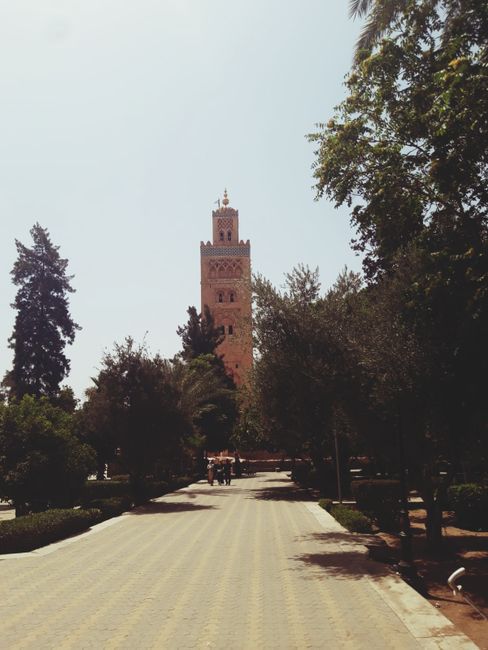
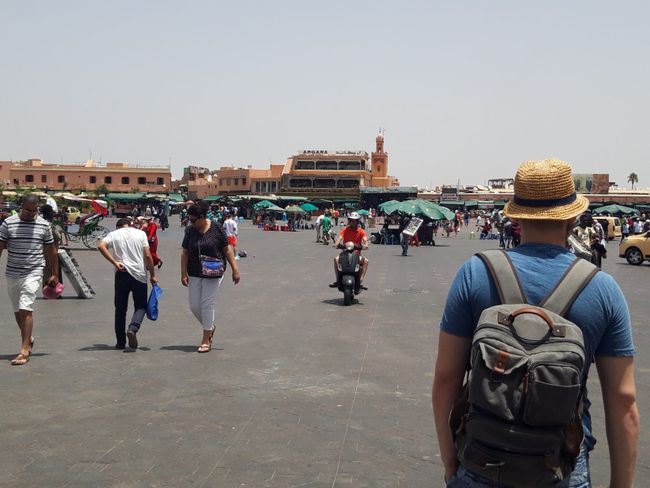
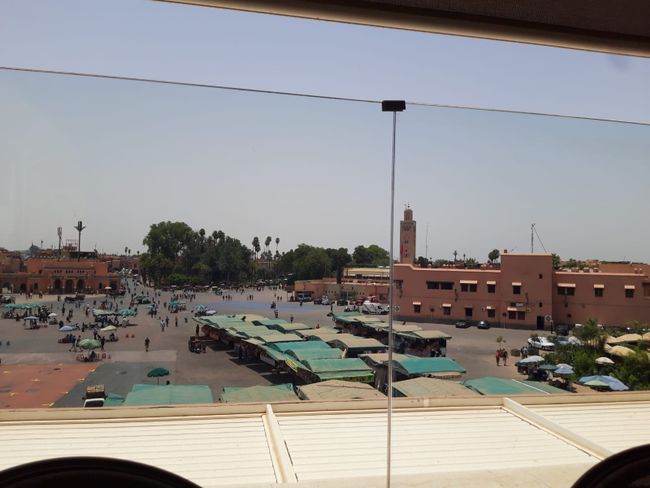
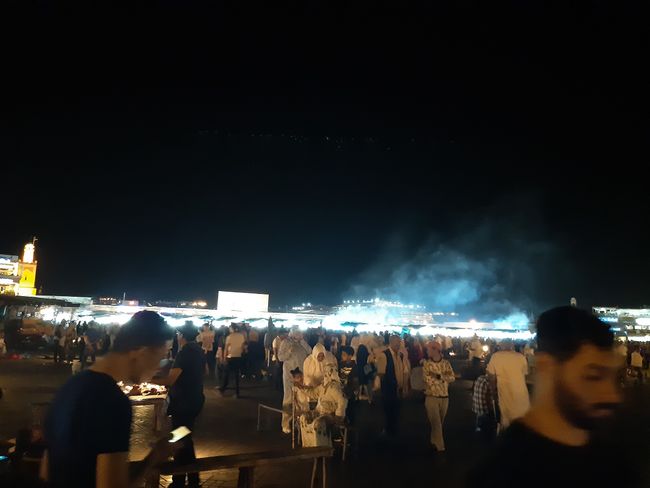
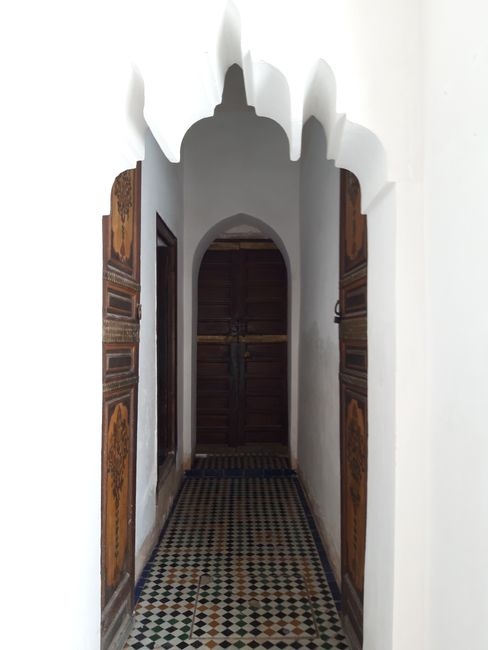
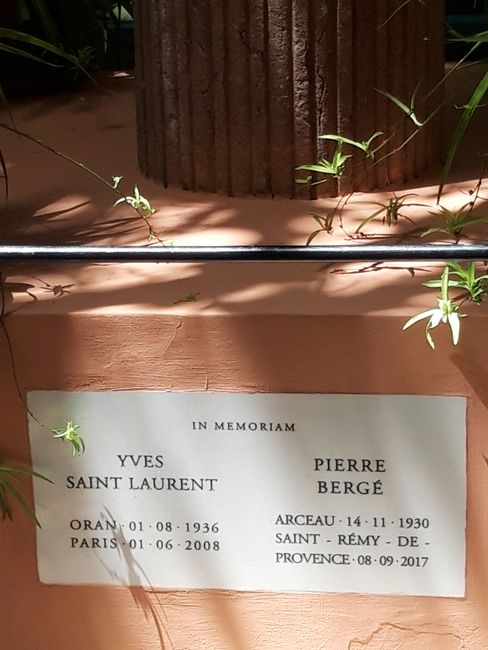
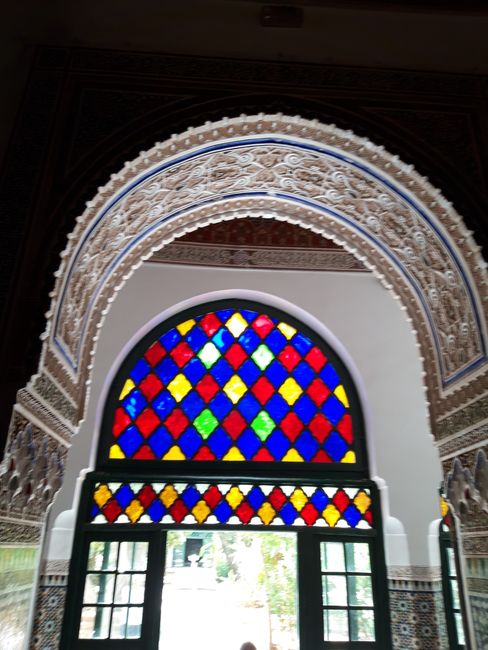
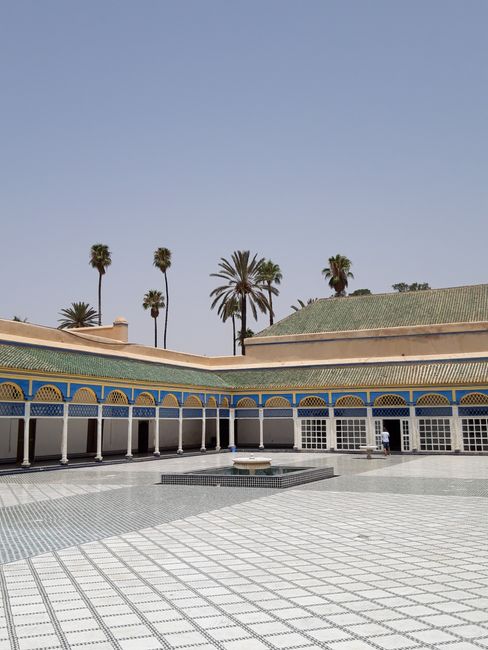
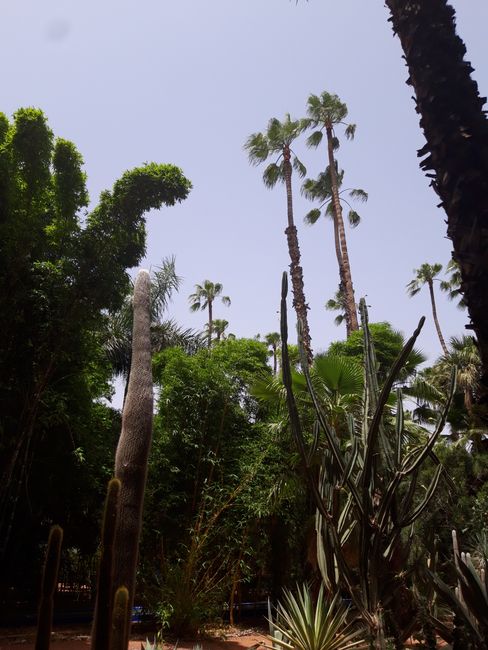
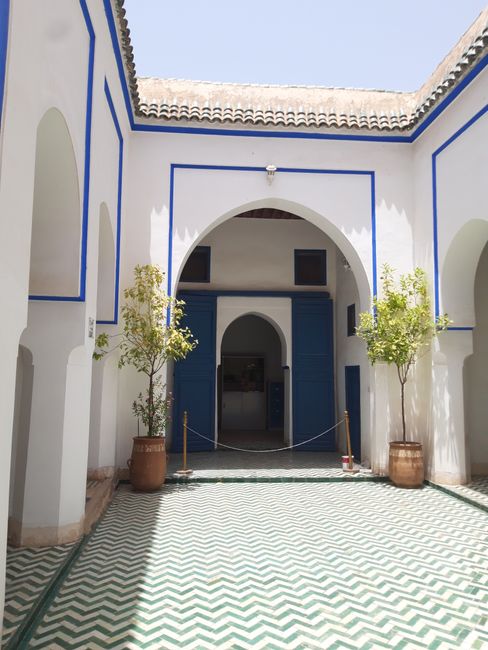
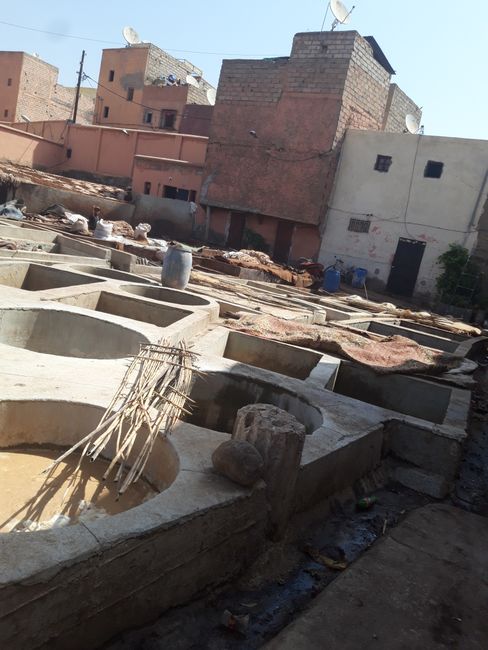
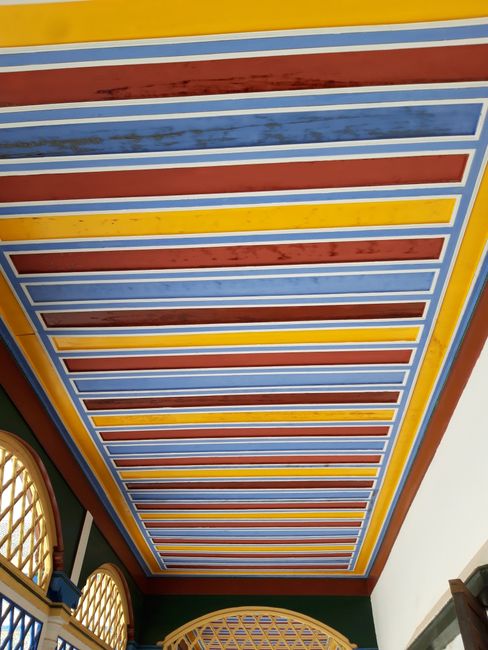
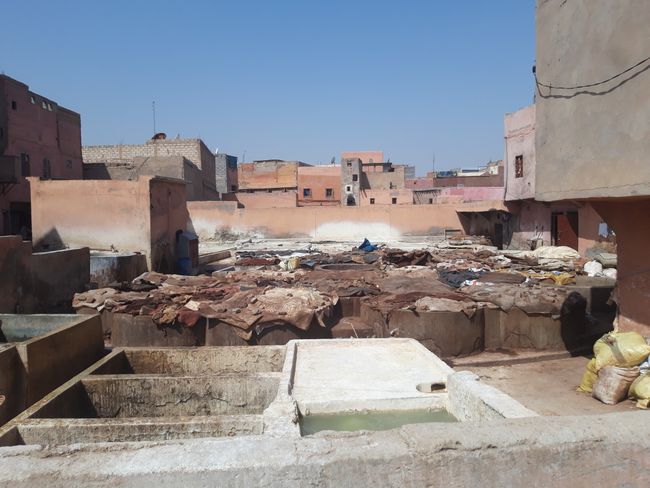
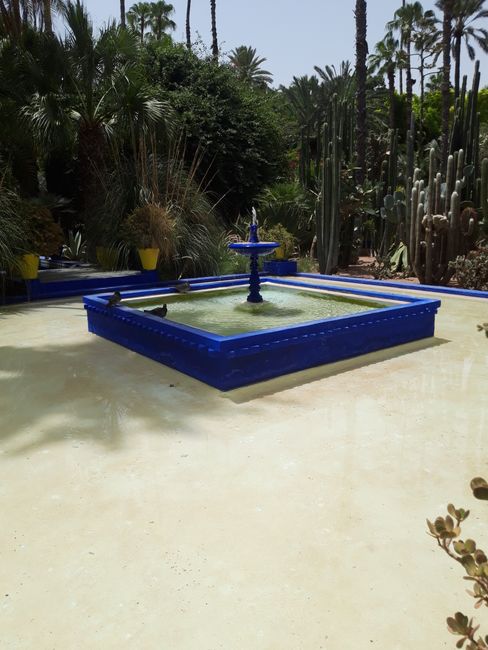
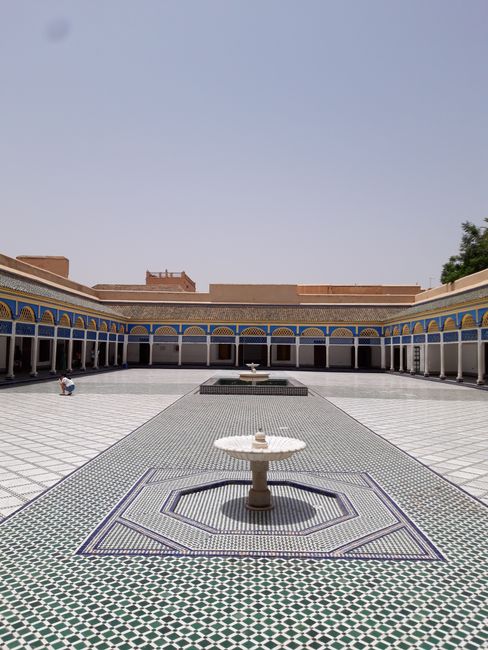
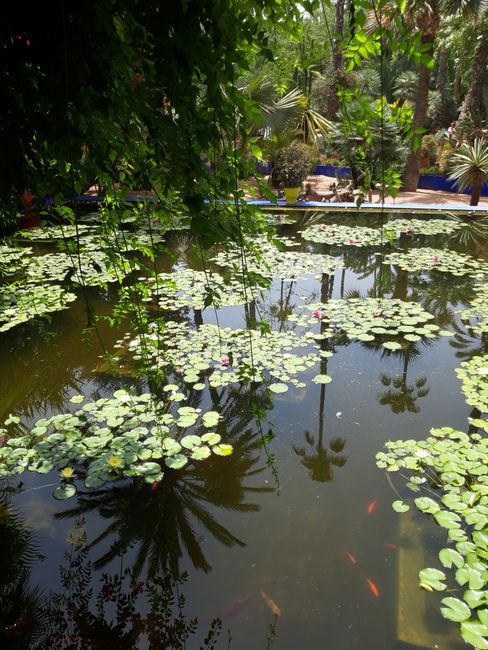
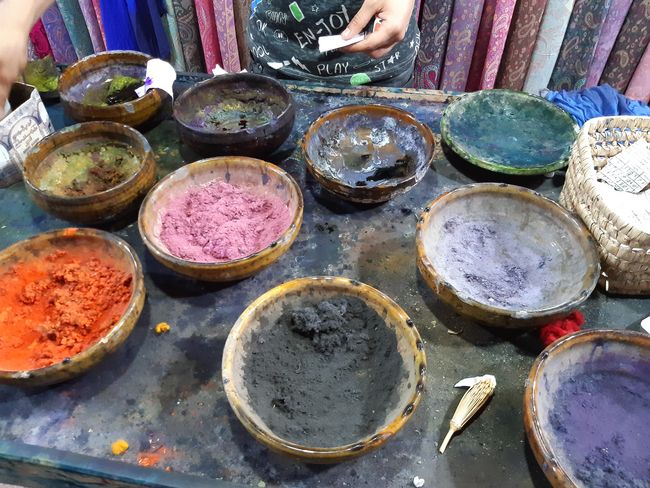
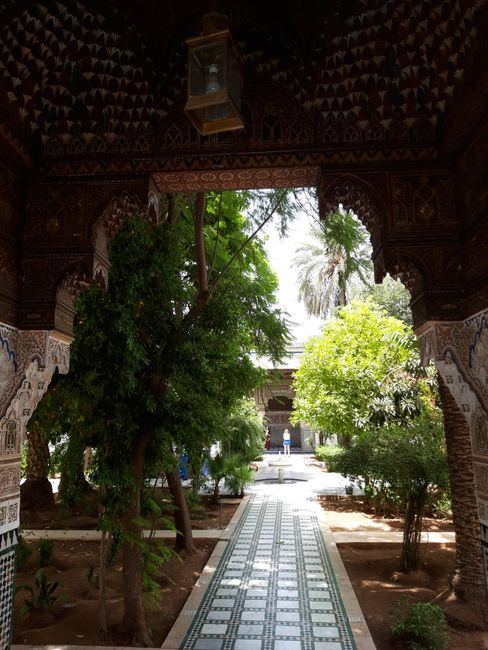
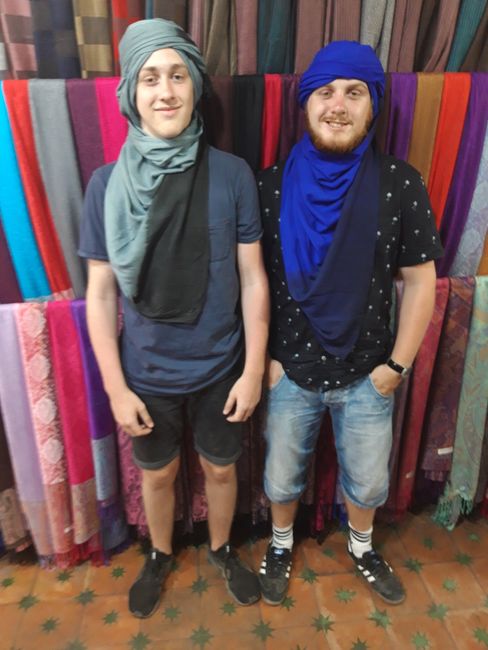
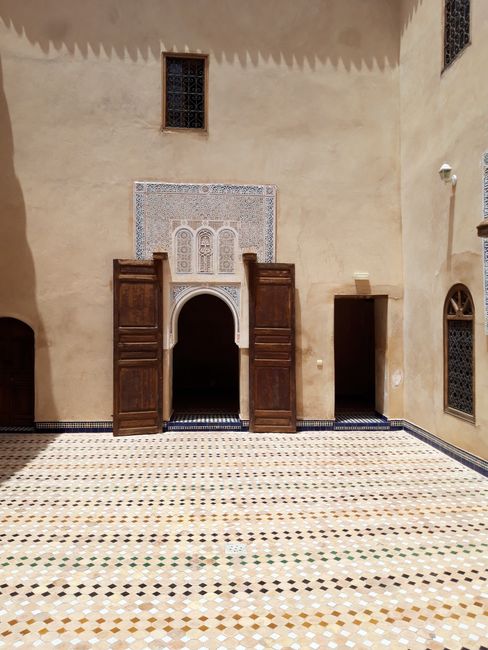
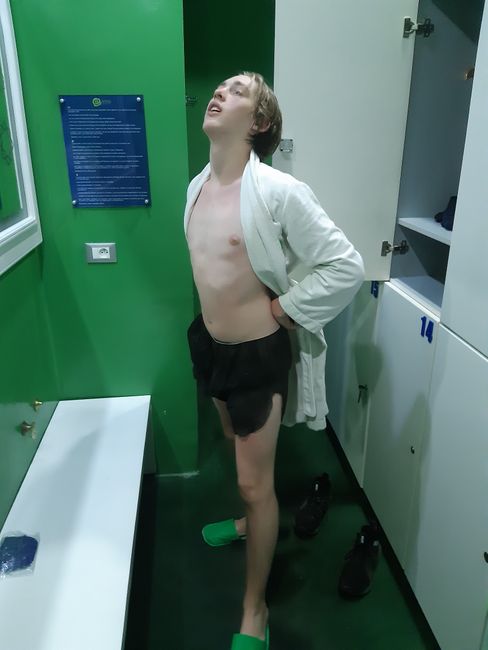
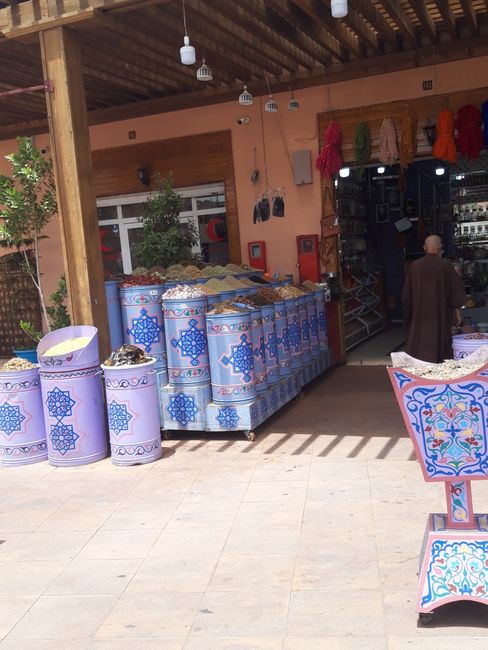
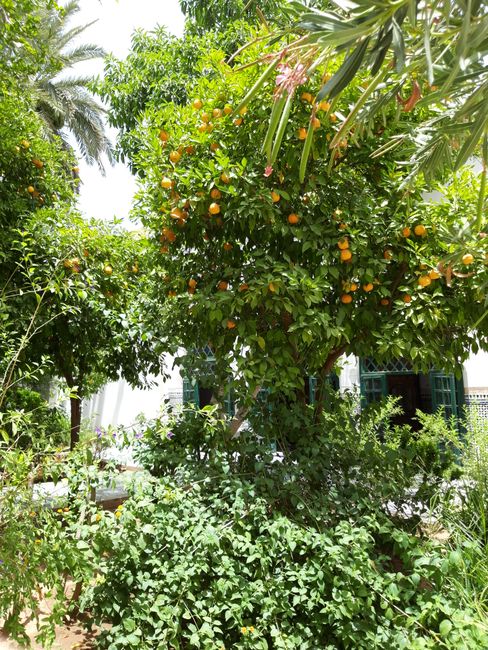
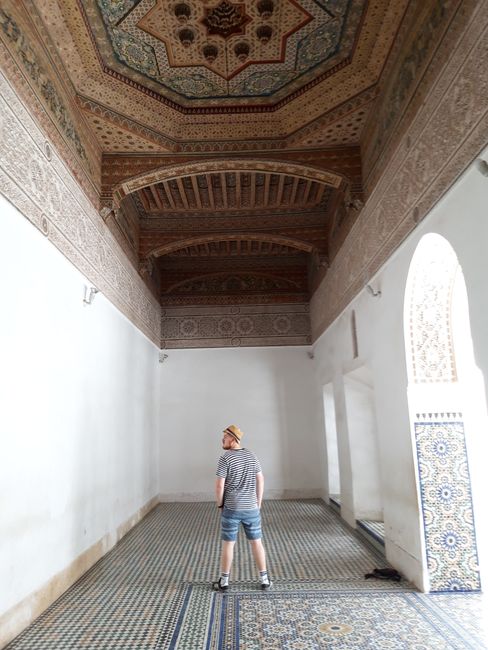
Kyerɛw wo din wɔ Newsletter no mu
After our eight-day trip to the North African metropolis of Marrakech in the heart of Morocco, we want to introduce you to a selection of the top 8 attractions and experiences in and around Marrakech. This selection is very subjective, and we were able to experience much more in Morocco as well, but more on that elsewhere. If you like this post, please like or comment on it, and follow our blog to not miss any new posts.
8. Menara Garden
As the first highlight of our trip, I will introduce you to the Menara Garden. The Menara Garden is located about 3 km outside the city walls of Marrakech and is incredibly huge with an area of 100 hectares. It is one of the oldest gardens in North Africa and was built in Marrakech during the Berber dynasty in the mid-12th century. Together with the Agdal Gardens, which are also located in Marrakech, the Menara Garden has been a UNESCO World Heritage Site since 1985. The majority of the garden consists of countless olive groves, which are irrigated by a sophisticated canal system from a huge water basin in the center. There are several ways to reach the garden. A bus line stops directly in front of the garden area, and for those who want something more unique, you can also take a short camel ride. We opted for a €5 taxi ride as the temperatures in mid-July were too high for a short walk. The large pavilion in the middle, which towers over the enormous water basin, is characteristic of the garden. Strangely, the basin also contains huge fish that swim around in it, but you can only see them if something accidentally falls into the water as the basin is very murky. The park was surprisingly empty at noon, which perfectly showcased its ridiculously large size. The garden is located directly on the main road Mohamed V, which runs through the entire city in honor of the Moroccan king and ends at the Koutoubia Mosque. Despite its optimal photo backdrop and a relaxed lunch break under the olive trees, this attraction doesn't offer as much, so it only receives the eighth place in our personal ranking.
7. Koutoubia Mosque
In seventh place in our ranking is the Koutoubia Mosque, which is considered the flagship and main attraction by most Marrakech locals. The Koutoubia Mosque is 77 meters high and can accommodate about 25,000 worshipers who gather there for prayers. This landmark is located near the center, although slightly outside the very loud and colorful souks. The mosque is the symbol of all Morocco and is therefore of great importance to the residents. Similar to the Menara Garden, this landmark also dates back to the second half of the 12th century and is one of the oldest institutionalized prayer sites in Morocco. In our opinion, what makes the mosque unique is not the mosque itself but the surroundings. Many Moroccans gather in the gardens and parks around the mosque to have a picnic at lunchtime or simply enjoy the sun. We also had to spend our free time outside the mosque walls as Non-Muslims are not allowed to enter the mosque. As we respect the regulations and religious customs of our host country, we sat down on a bench under a palm tree with a cup of delicious sugarcane juice, which is highly recommended, and observed the busy activities of the local population. Do not be alarmed when the whole city is often engulfed by the call to prayer five times a day, as it is the Adhan, the call to prayer. The call to prayer is announced by the muezzin in Islamic countries in every mosque nationwide at the times of Fajr (morning), Dhuhr (noon), Asr (afternoon), Maghreb (evening), and Isha (night). In one of the central metropolises of the country, there are countless mosques, so you can witness a remarkable concert of calls to prayer at these times.
6. Jardin Majorelle / YSL Museum
One of the often-mentioned highlights when talking about Marrakech is the influence of Yves Saint Laurent and the resulting attractions of Jardin Majorelle and the associated museum. Both attractions are located next to each other on the outskirts of Marrakech, so you should be prepared for a 15-minute bus ride. The garden was created by the painter Jacques Majorelle in 1923 and was acquired by the great fashion designer Yves Saint Laurent and his life partner Pierre Berge in 1980. However, the garden had already been made accessible to the public for a good 30 years before that. Jardin Majorelle is an impressive, albeit very small, facility that has a magical flair due to its cobalt blue buildings and delightful fountains and ponds. YSL loved the garden so much that he had his ashes scattered among the palm trees and cacti of Jardin Majorelle and is now buried there with his life partner. Originally, the garden was probably an oasis of calm in the middle of a hectic, noisy metropolis and a creative center for one of the greatest fashion geniuses of our time. Nowadays, the garden is an overcrowded mass tourism attraction and is packed with people all day long, who can barely move in this picturesque setting, all crowded around the Instagram hotspots that the garden offers. We opted for a combination ticket that includes both the garden and the YSL Museum. This "offer" cost us a total of 380 MAD (€36), which I find completely overpriced. The YSL Museum is very nicely designed and is a must-visit for fashion lovers as it showcases all the famous pieces by the fashion designer. In an integrated cinema, a film is also shown about YSL's work and life. All in all, a great photo backdrop but unfortunately also an overpriced tourist attraction.
5. Tanneries
A very valuable experience for me personally was exploring the tannery neighborhoods on the outskirts of the souks in Marrakech. Many bloggers and travel groups avoid this experience, partly because it is said to be extremely unhygienic and smelly in this area, and partly because there are reports of many scammers on site, which I unfortunately have to confirm from my own experience, but more on that elsewhere. We had a completely positive experience regarding the tannery neighborhoods. We found out beforehand where the neighborhoods are located and after a while, we found a local shopkeeper who guided us in the right direction. After that, we simply followed our noses and found the tannery neighborhoods right away. At the entrance, one of the workers stood there, who wanted to give us a tour of the neighborhoods. Since we had had mostly negative experiences in this regard up to that point, we were a bit hesitant but ultimately agreed. We wanted to experience the real Marrakech, and that takes place outside the gardens and parks. To combat the smell, our friendly tour guide handed everyone a fresh bundle of mint, although I must say that I imagined the smell to be more pungent and oppressive. Of course, it stinks around the large urine containers, but it is still tolerable. During our tour, we were able to experience the entire tanning process, from skinning the hides to stamping them into containers, drying and tanning them in several stages. We were able to talk to some of the workers on-site, but they did not want to be filmed or photographed due to their profession, which I could understand. In the tannery neighborhoods of Marrakech, the unchanged tanning process to produce cow, goat, or even camel leather has been repeated daily for centuries. A fascinating, albeit tough, profession for the locals. After our tour, we were led to a shop that sells products from the tannery neighborhoods. We were able to see all kinds of leather bags, jackets, armchairs, and hats there, while enjoying a fresh mint tea. It was an interesting insight into Moroccan culture and also cost-effective. We gave the worker 20 Dirhams (€2) for his efforts and would highly recommend this experience.
4. Bahia Palace
If the Jardin Majorelle did not offer enough relaxation to escape from the hectic crowds bustling through the souks, the Bahia Palace will definitely provide relief. Bahia means "brilliance" in Arabic, and in my opinion, the palace is perfectly described by that term. This oasis of calm is located just a stone's throw from the bustling Medina of Marrakech. It is a huge palace straight out of 1001 Nights. The entry fee is relatively affordable compared to other attractions, and what you get in return is definitely worth a visit. As soon as you enter the palace, you find yourself in the gigantic atrium of the palace, in which there is a large white fountain in the center and a huge plaza with blue and white checkered tiles as far as the eye can see. The ornaments of the round arches are decorated all around, and when you seek shade and walk along the corridor, you will discover large, light-filled rooms with even more beautifully designed tiles, colorful painted windows, and, above all, very diverse ceiling decorations. I never thought that I would value something like that, but the ceiling paintings and designs in Bahia Palace are breathtaking. Most of the rooms are empty, and if you want to see the sleeping quarters of the royal family or the crown jewels, you have to look elsewhere as the main focus is definitely on the decorations and architectural artistry. However, in hindsight, we were very impressed by this unique palace with a rather inconspicuous entrance, and we would make the journey again. If you are tired of constantly looking up, you can take a break in the large landscaped garden of Bahia Palace, which even has orange and lemon trees - balm for the soul! It is not surprising that the palace was built in the 19th century with the aim of being the most spectacular and beautiful palace in the world and that it has now been declared a UNESCO World Heritage Site.
3. Hammam
No vacation in Marrakech is complete without experiencing a traditional hammam! We focused on a balance of adventures and relaxation on this trip, and now it was time for the latter. Both of us were completely inexperienced in the field of massages and cosmetic treatments in general, so we had to do some research beforehand to find out where to have our ultimate wellness experience most authentically. Our choice fell on probably the most famous hammam in Marrakech: Hammam de la Rose. Right after Jardin Majorelle and Bahia Palace, we thought we could tick off this experience from our bucket list and visit a hammam. Morocco is full of them. Every backyard operates its own private hammam, and it feels like there is either a shop selling decidedly too cheap Gucci bags, a barber, or a hammam on every corner. The differences in the quality of the cosmetics used are immense, and there are many scammers in this area, so we decided to take the safe route. When we arrived, we opted for the complete package for a total of 900 Dirhams (€85): the Royal Hammam. We were provided with bathrobes, bathing slippers, and opaque, very comfortable pants, and were able to mentally prepare for our treatment in a very atmospheric waiting area. Then we were led into a kind of sauna, which was equipped with a blue-flowered ambiance and was relatively pleasant to withstand at around 50 degrees Celsius. Then it started. At intervals of 10 minutes, we were each rubbed with different creams and lotions, showered with hot water several times, treated with black soap, and finally massaged from head to toe. Some parts even involved using a relatively rough sponge to stimulate blood circulation. Then we were treated with pure argan oil, one of Morocco's main export products, and finally the treatment traditionally ended in a cooling-down room with a peppermint tea. The treatment included many breaks and maybe, in retrospect, was a bit too expensive, but it was definitely a relaxing experience and just the right thing for a fun lunch break in Marrakech.
2. Djemaa el Fna
Djemaa el Fna is probably one of the most dynamic and exciting places in North Africa. It is the center of public life in Marrakech and the hub of the entertainment and tourism industries. As you approach Djemaa el Fna, you will encounter dozens of carriages in which tourists are driven from one attraction to another, and then it becomes truly bizarre. Arriving at Djemaa el Fna, you will come across snake charmers who lure king cobras out of small wicker baskets with their flutes, people selling sunglasses and T-shirts in abundance, North Africans selling photos with Barbary macaques, and so on. We were initially in awe and couldn't believe the business acumen and passion of the people on-site. During the day, the square is mainly a refreshment center. Dozens of small market stands vie for every customer and offer hundreds of juices made from all kinds of fruits in wild combinations at top prices. In addition, Berber silver, spices, handcrafted wooden figures, and mint are sold, as well as services such as day trips or henna tattoos. There are many cafes and restaurants around the square, but they are often much more expensive compared to the offerings in the old town. But a real highlight and an experience that we unfortunately did too late is Djemaa el Fna at night. If anything is magical, it is that. Towards evening, the square transforms into one big public party. Storytellers, musicians, vendors, and all other actors and residents of Marrakech gather there to celebrate every day. Everywhere, it smells delicious, and you can hear music and singing. The square is a sea of lights surrounded by clouds of smoke. On our last evening, we were near the square to watch the final of the Africa Cup, in which our Maghreb partner Algeria was represented and had won. After that, a single party broke out in the center of Marrakech, which can hardly be compared to few other experiences.
1. Souks
The souks in Marrakech are our personal highlight and probably best represent the charm of the city. It is unimaginable how many encounters we had with the merchants of the souks in eight days in Marrakech. A colorful variety of various goods, be it spices, leather goods, pastries, meat and fish, clothing, tea, cosmetics, the list goes on and on. We definitely had fun and significantly lightened our travel budget through the souks of Marrakech. Haggling is essential, and if you didn't have a business sense before, you have to learn it like we did through the tough business school of the Moroccan trading system. In the souks, everyone knows everyone, and you have to be careful not to be taken advantage of by scammers or shady merchants leading you into a back alley or a shop of a friendly merchant that you originally didn't want to go to. The charm of the Moroccans is great, and you have to be cautious if you want to move safely in this large hustle and bustle. Nevertheless, the souks are a worthwhile experience, and we loved it. It's fun to engage in bargaining and absorb and enjoy different cultural influences.
Max Dost
Kyerɛw wo din wɔ Newsletter no mu
Anoyie
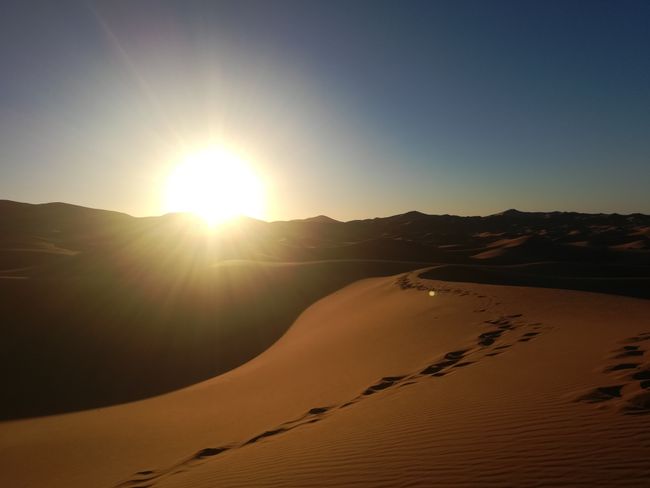
Akwantuo ho amanneɛbɔ Morocco na ɛwɔ hɔ
